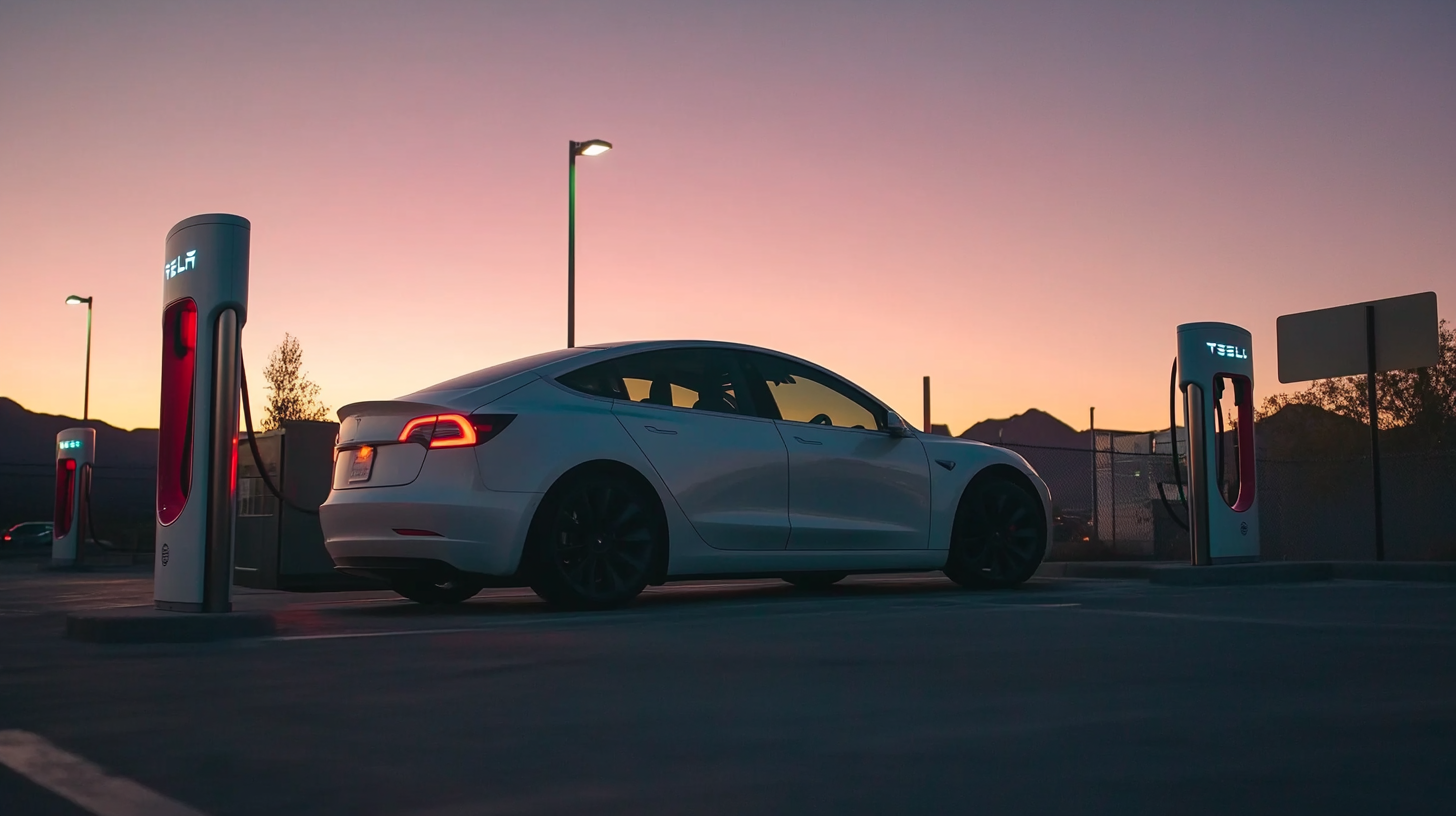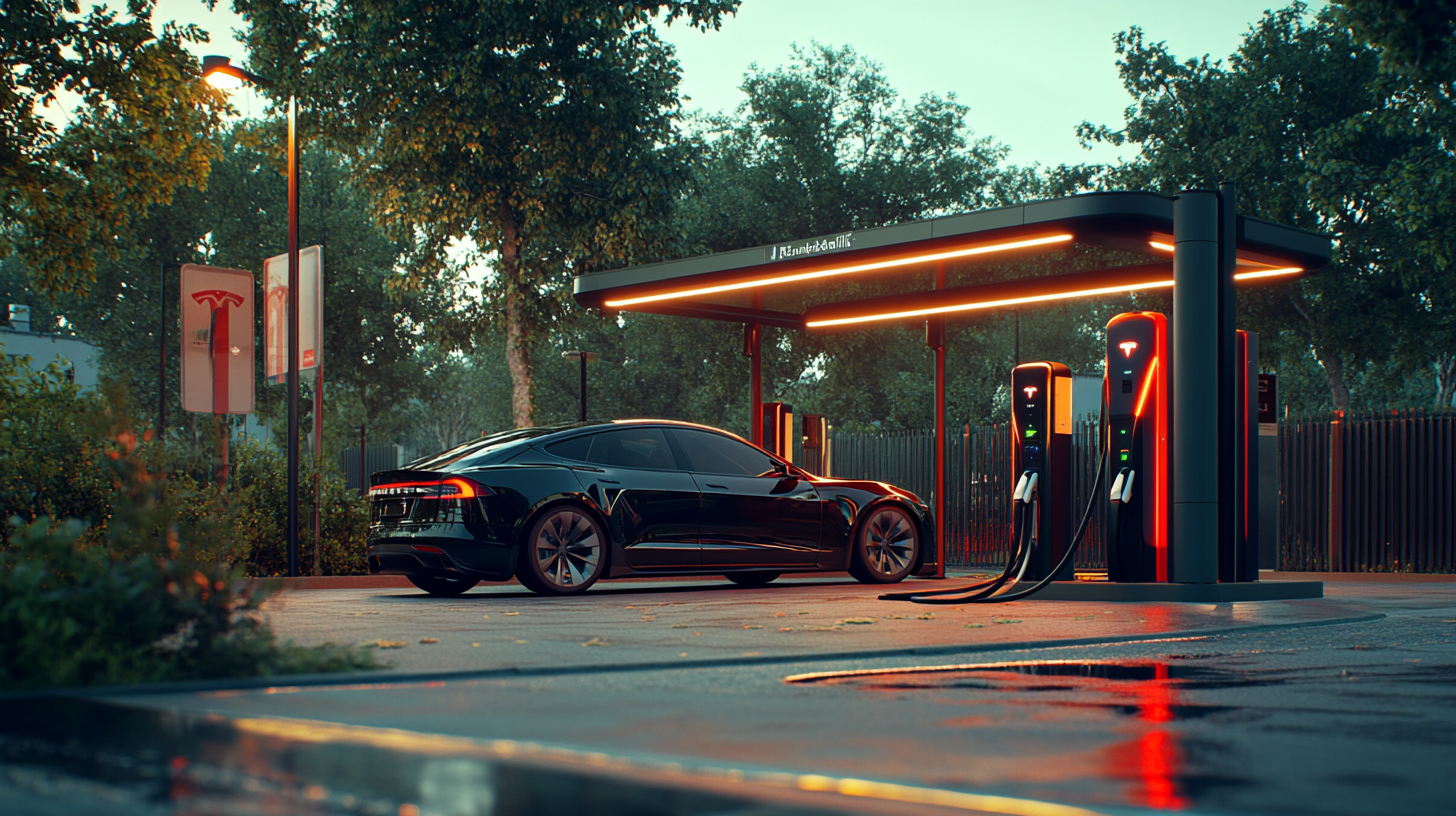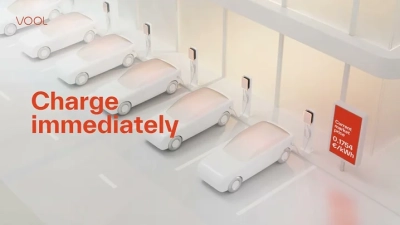Unlocking Efficiency: The Future of Global Electric Charger Installations
As the world increasingly shifts towards sustainable energy solutions, the importance of electric vehicle (EV) infrastructure becomes paramount. The rise of electric chargers is not merely a trend but a necessity that underpins the broader movement towards decarbonization and energy independence. In this blog, we will explore the future of global Electric Charger Installation, highlighting the innovative strategies and technologies poised to enhance efficiency and accessibility. As governments and private sectors commit to ambitious climate targets, the expansion of charging networks will play a critical role in supporting the growing EV market. By unlocking the potential for efficient installations, we can pave the way for a cleaner, greener future where electric vehicles become the norm, and the barriers to sustainable transportation are dismantled. Join us as we delve into this essential topic and envision a world where the infrastructure for electric mobility is robust, integrated, and ready for the challenges of tomorrow.

The Growing Demand for Electric Vehicles and Charger Installations Worldwide
As electric vehicles (EVs) continue to gain traction globally, the demand for electric charger installations is skyrocketing. This surge is primarily fueled by increased consumer awareness and the push for sustainable transportation solutions. Governments around the world are setting ambitious targets for reducing carbon emissions, making EVs an essential component of their environmental policies. Consequently, the need for a robust infrastructure of charging stations is more critical than ever, ensuring that drivers have convenient access to charging options wherever they go.
The future of electric charger installations is marked by innovation and strategic planning. Urban areas, where EV adoption is highest, are focusing on deploying fast chargers in public spaces, workplaces, and residential complexes. Additionally, advancements in technology, such as smart charging systems and renewable energy integration, are transforming how and where charging stations are set up. As the global market expands, businesses and municipalities will need to collaborate effectively to create a reliable and accessible network of chargers, paving the way for a cleaner and more efficient transportation landscape.

Current Statistics on Global Electric Charger Deployment and Projections
As the demand for electric vehicles (EVs) continues to surge globally, the infrastructure to support these advancements is also rapidly evolving. Current statistics reveal that the global electric charger deployment is at a transformative juncture, reflecting a pronounced increase in both public and private charging stations. This proliferation is vital to meeting the projected growth in electric vehicle adoption, which is anticipated to reach unprecedented levels in the coming years.
Furthermore, the expansion of the global smart home market complements the rise of electric charger installations. With an estimated market value of $121.59 billion in 2024, it is poised to grow to $147.52 billion by 2025, eventually skyrocketing to $633.20 billion by 2032. This interaction between smart home technology and electric vehicle charging solutions paves the way for innovative integration, making it effortless for users to manage their charging needs while contributing to a more sustainable future. The synergy between electric chargers and smart home systems signifies a pivotal shift in how we perceive energy consumption and efficiency, setting the foundation for a greener tomorrow.
Unlocking Efficiency: The Future of Global Electric Charger Installations
| Region | Number of Chargers (2023) | Projected Growth (%) | Estimated Chargers (2030) |
|---|---|---|---|
| North America | 100,000 | 40% | 140,000 |
| Europe | 200,000 | 25% | 250,000 |
| Asia-Pacific | 300,000 | 50% | 450,000 |
| Latin America | 50,000 | 30% | 65,000 |
| Middle East & Africa | 30,000 | 35% | 40,500 |
Key Technological Innovations Driving Charger Efficiency and User Experience
The ongoing evolution of electric vehicle (EV) technology is setting the stage for a new era in global charger installations, driven by key technological innovations that enhance both efficiency and user experience. One of the most significant advancements is the development of ultra-fast charging stations, enabling drivers to charge their vehicles within minutes rather than hours. This leap in charging speed addresses one of the primary barriers to EV adoption—range anxiety—by making electric travel as convenient as traditional fueling options.
Furthermore, smart charging technology is revolutionizing the way we interact with electric chargers. These systems use real-time data to optimize charging schedules based on factors such as electricity rates and grid demand. As a result, users benefit from reduced costs and increased convenience, as they can plan their charging sessions more efficiently. The integration of mobile applications also enhances the user experience, allowing drivers to locate nearby charging stations, reserve charging slots, and receive updates on charging times, thereby making electric vehicle ownership a more seamless and enjoyable experience.
Unlocking Efficiency: Global Electric Charger Installations
This chart illustrates the advancements in electric charger installation efficiency across different regions, highlighting the impact of key technological innovations on user experience over recent years.
Challenges in Infrastructure Development for Widespread Charger Accessibility
The rapid shift towards electric vehicles (EVs) necessitates significant advancements in charger infrastructure to ensure widespread accessibility. However, several challenges impede this development, ranging from regulatory hurdles to technological limitations. For instance, navigating the complex landscape of local, state, and federal regulations can slow down the deployment of charging stations. Each jurisdiction may have different requirements, which complicates planning and can deter potential investors from entering the market.
Moreover, the existing electrical grid in many regions is not equipped to handle the anticipated influx of charging stations. Upgrading the grid to support higher loads and incorporating renewable energy sources presents both financial and logistical challenges. Additionally, there is a pressing need for innovative financing models to attract investment for charger installations, especially in rural areas where economic returns may be less immediate. Addressing these infrastructure challenges is crucial for creating a seamless and efficient ecosystem for electric vehicle users around the globe.
Unlocking Efficiency: The Future of Global Electric Charger Installations
This pie chart illustrates the various challenges faced in the development of electric charger infrastructure globally, emphasizing the need for strategic planning and investment in different areas to achieve widespread accessibility.
Government Policies and Incentives Shaping the Future of Electric Charger Networks
Government policies and incentives are playing a crucial role in shaping the future of electric charger networks globally. As the demand for electric vehicles (EVs) continues to rise—projected to reach over 145 million by 2030 according to a report by the International Energy Agency (IEA)—the need for robust charging infrastructure becomes increasingly vital. Governments worldwide are responding by implementing various programs that facilitate the installation of charging stations. For example, the U.S. Electric Vehicles Infrastructure Deployment Plan emphasizes a target of installing 500,000 charging stations by 2030, supported by a $7.5 billion investment in charging infrastructure as part of the Bipartisan Infrastructure Law.
Incentives such as tax credits and rebates are also instrumental in accelerating charger installations. Reports indicate that states offering financial incentives see a significantly higher rate of adoption among businesses and property owners. For instance, California’s Clean Fuel Reward program offers up to $1,500 for eligible EV chargers, thereby fostering a more expansive network. The rapid development of these charging stations not only aids the transition to greener transportation but also stimulates local economies, with projections showing that every dollar invested in charging infrastructure generates approximately $2.50 in economic benefits. As more governments recognize the economic and environmental advantages, the installed capacity of electric chargers is set to skyrocket, paving the way for a sustainable transportation future.




